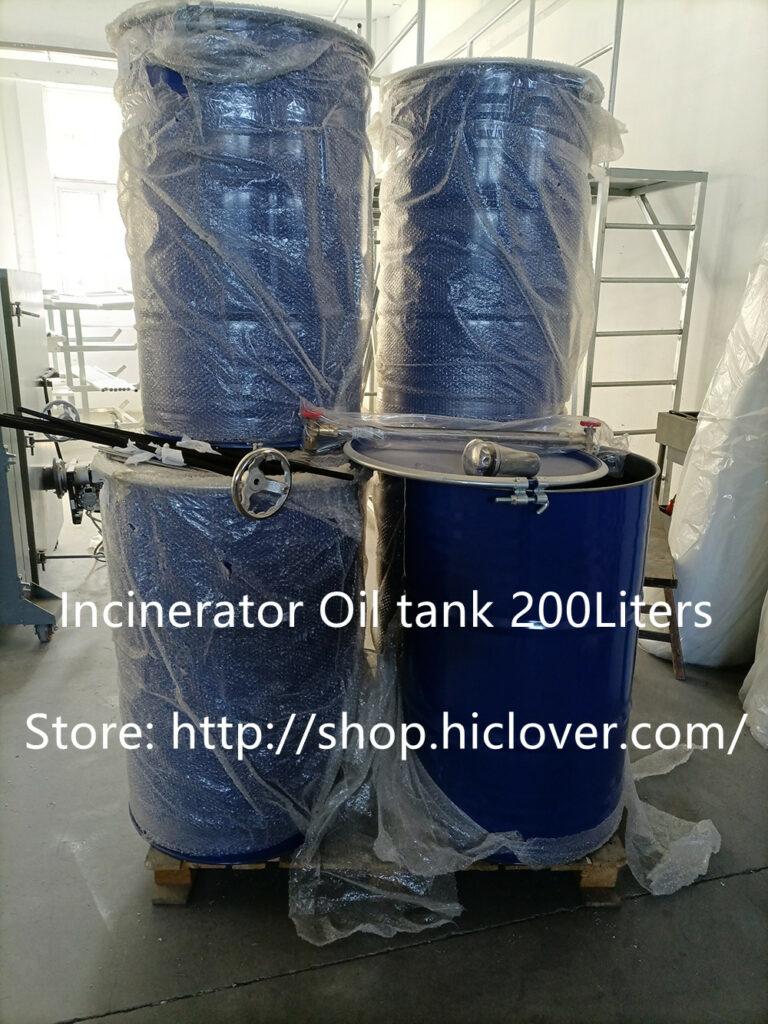Incineration has come a long way since its early days as a simple method of waste disposal. Innovations in technology and techniques have transformed incineration into a highly efficient and environmentally friendly process. These advancements have made incineration not only a viable solution for waste management, but also a source of energy and valuable materials.
One of the key advancements in incineration technology is the development of advanced combustion systems. These systems use state-of-the-art burners and control technologies to optimize the combustion process, ensuring complete and efficient burning of waste materials. This results in reduced emissions of pollutants such as nitrogen oxides, sulfur dioxide, and particulate matter, making modern incinerators much cleaner and more environmentally friendly than their predecessors.
Another major innovation in incineration is the integration of energy recovery systems. Modern incinerators are equipped with advanced heat recovery units that capture the heat generated during the combustion process and convert it into electricity or steam. This not only reduces the environmental impact of incineration by offsetting the use of fossil fuels, but also provides a valuable source of renewable energy. In fact, many modern waste-to-energy facilities are able to generate significant amounts of electricity from the waste they process, contributing to the overall sustainability of the energy supply.
In addition to energy recovery, advancements in incineration technology have also led to the development of systems for recovering valuable materials from the waste stream. Many modern incinerators are equipped with advanced sorting and separation technologies that can recover metals, glass, and other materials from the ash left behind after combustion. These materials can then be recycled, reducing the amount of waste sent to landfills and conserving natural resources.
Furthermore, innovations in air pollution control technologies have made incineration an even cleaner and more environmentally friendly process. Advanced flue gas treatment systems can effectively remove harmful pollutants from the exhaust gases of incinerators, ensuring that emissions are well below regulatory limits. This not only protects the environment and public health, but also helps to improve the overall image of incineration as a responsible waste management solution.
Innovations in incineration technology have also resulted in improvements in operational efficiency and safety. Advanced control systems and automation technologies allow for better monitoring and control of the incineration process, ensuring that operations are reliable and safe. Furthermore, advancements in plant design and engineering have led to the development of more compact, modular, and cost-effective incineration facilities.
Overall, the innovations in incineration technology and techniques have transformed the process from a simple waste disposal method to a highly efficient, environmentally friendly, and sustainable waste management solution. With the integration of energy recovery, material recycling, and advanced pollution control technologies, modern incinerators are able to turn waste into valuable resources and energy, while minimizing the environmental impact. As the demand for sustainable waste management solutions continues to grow, these advancements will play a crucial role in shaping the future of incineration.



